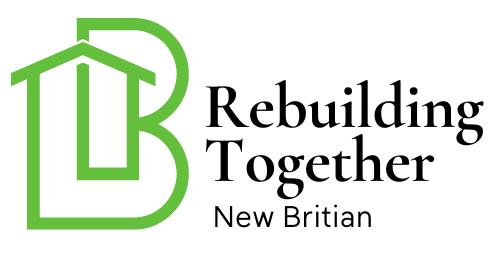When it comes to home maintenance, ensuring bathroom sink overflow safety is vital. Overflowing sinks can lead to water damage, mold growth, and costly repairs. Homeowners should be aware of the risks and take proactive measures to prevent such mishaps. In this article, we will explore the importance of maintaining a safe bathroom sink environment and provide actionable tips to achieve this.

Understanding Bathroom Sink Overflow
A bathroom sink overflow occurs when water exceeds the sinks capacity and spills over its edges. This can result from a clogged drain, a malfunctioning overflow drain, or simply leaving the tap running. Understanding how these overflows happen is crucial for prevention.
Causes of Overflow
Common causes of bathroom sink overflow include:
- Clogged Drains: Hair, soap scum, and debris can accumulate, blocking the drain.
- Faulty Plumbing: Damaged pipes or improper installation can lead to overflows.
- Human Error: Forgetting to turn off the tap is a common oversight.
Preventive Measures
To ensure bathroom sink overflow safety, consider the following preventive measures:
- Regular Cleaning: Keep drains clear by routinely cleaning them.
- Install Overflow Drains: Ensure proper installation and maintenance of overflow drains.
- Monitor Water Usage: Be mindful of water usage and avoid leaving taps unattended.
Importance of Regular Maintenance
Regular maintenance is crucial for bathroom sink overflow safety. It not only prevents overflows but also extends the lifespan of your plumbing system. Homeowners should conduct routine checks and address any issues promptly.
DIY Maintenance Tips
Here are some DIY tips for maintaining your bathroom sink:
- Use Vinegar and Baking Soda: This natural solution can help clear minor clogs.
- Check for Leaks: Regularly inspect pipes for leaks or signs of damage.
- Professional Inspections: Schedule annual inspections with a licensed plumber.
Choosing the Right Fixtures
The right fixtures can enhance bathroom sink overflow safety. Consider features such as automatic shut-off valves and high-quality materials that prevent leaks and overflows.
Innovative Solutions
Explore innovative solutions like smart faucets and overflow alarms that provide an extra layer of protection. These technologies can alert you to potential issues before they escalate.
Addressing Overflow Incidents
If an overflow occurs, quick action is necessary to minimize damage. Here are steps to follow:
- Turn Off Water Supply: Immediately shut off the water supply to the sink.
- Clean Up Water: Use towels or a wet vacuum to remove standing water.
- Assess Damage: Check for water damage and address it promptly.
Insurance Considerations
Homeowners’ insurance may cover water damage from overflows. Review your policy to understand what is covered and consider additional coverage if needed.
Enhancing Bathroom Safety
Beyond sink overflow safety, consider other aspects of bathroom safety. Incorporate non-slip mats, grab bars, and childproof faucet covers to create a safe environment for all family members. For more on bathroom safety, visit bathroom safety tips.
Resources for Homeowners
For additional resources on maintaining a safe bathroom, explore waterproof mats and bathroom safety sensors for enhanced protection.
Conclusion
Ensuring bathroom sink overflow safety is a critical aspect of home maintenance. By understanding the causes, implementing preventive measures, and staying informed about innovative solutions, homeowners can protect their homes from water damage and create a safe bathroom environment. Remember, regular maintenance and vigilance are key to preventing sink overflows and preserving the integrity of your home.

FAQ
What causes a bathroom sink to overflow?
Overflows can result from clogged drains, faulty plumbing, or simply leaving the tap running. Regular maintenance and mindful water usage can prevent these incidents.
How can I prevent my bathroom sink from overflowing?
Preventive measures include regular cleaning, installing overflow drains, and monitoring water usage. Consider using smart technology for added safety.
Will homeowners’ insurance cover overflow damage?
Many policies cover water damage from overflows, but it’s essential to review your policy for specifics. Consider additional coverage if necessary.
This article contains affiliate links. We may earn a commission at no extra cost to you.

